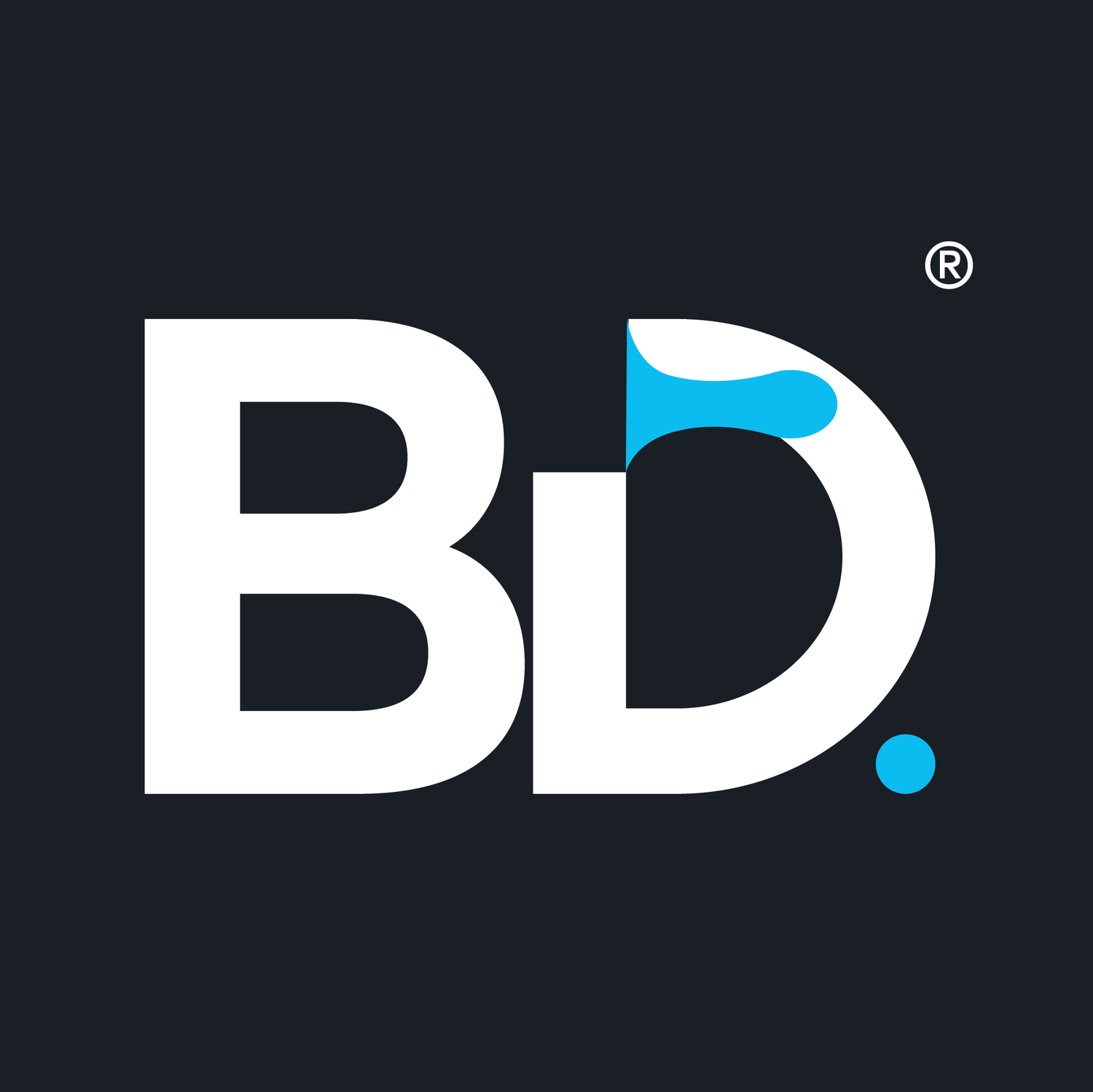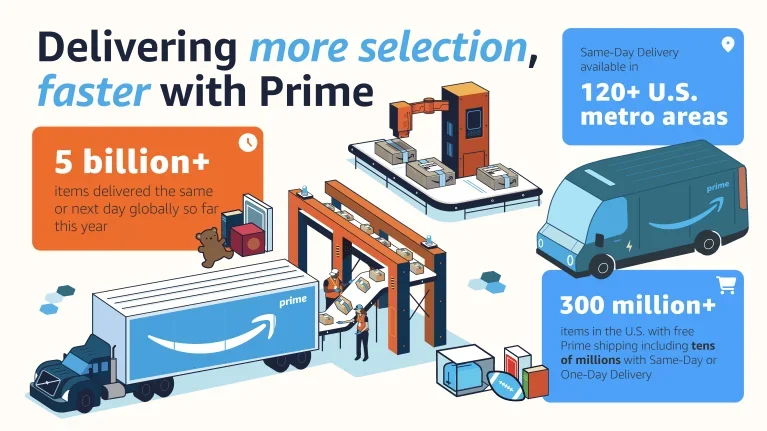Branding as a Solid Foundation: Why Marketing Fails Without It.
Branding vs. Marketing: Setting the Stage
Before we deep dive into why marketing often fails without a strong brand, let’s define the two terms clearly:
Branding refers to the identity of a company — its purpose, values, personality, promise to customers, visual identity, user experience, and the emotional associations people have with it. Branding is strategic, long‑term, and internal as much as external.
Marketing refers to the tactics and strategies used to promote, communicate, and sell the brand’s offerings: campaigns, advertising, promotions, content, social media, etc. Marketing is more transient, external, often more measurable over short periods.
When branding lays the foundation well, marketing has something firm to build on: trust, clarity, differentiation, consistency. When branding is weak or neglected, marketing can misfire — sending confusing messages, failing to connect, or worse, eroding credibility.
Why Your Marketing Fails Without Branding
Lack of Differentiation and Identity
If a brand doesn’t clearly define who it is, what it stands for, and why it matters, then marketing messages tend to sound generic. They compete only on price or features, which is a race to the bottom.
Revolut illustrates this when it started out: a fintech app promising international payments, transparency, modern UI. As it grew, it worked deliberately on defining its “difference”. According to a Kantar BrandZ study, Revolut increased its “Difference” score by aligning marketing with its identity as a category disruptor and digital‑first bank.
Without this differentiation, marketing campaigns become noise. People may see the ad, but it doesn’t stick, because there’s no brand voice or personality for them to latch onto.
2. Trust and Credibility Issues
Especially in sectors like fintech (e.g. Revolut) or payments (e.g. Alipay), trust is foundational. Customers need to believe that the service is safe, that they will not be misled, that their money, data, etc., are handled responsibly. Poor branding (or inconsistent or messy branding) erodes trust.
Revolut has had several instances where customer trust suffered because marketing promised a seamless, modern, always‑on experience, but users reported poor customer support, frozen accounts, or confusing service policies. These are experiences that marketing cannot paper over. If your brand promise includes transparency and ease, failing to deliver contradicts that promise.
In contrast, Alipay has worked to deepen trust via its brand identity. Its 20th‑anniversary brand refresh emphasised values like openness, technology, and warmth. By simplifying its logo, making it more recognizable, and aligning its visuals and message across its ecosystem, Alipay seeks to reinforce the emotional associations of safety and reliability.
3. Consistency Across Touch‑Points
Brand needs to be consistent: visuals, voice, customer experience, behavior. If a company sends mixed signals, then marketing efforts may bring people to try, but the follow‑through fails, undermining retention and reputation.
Amazon is a strong example of consistency. From its mission (“Earth’s most customer‑centric company”), its leadership principles, its operations (fast delivery, easy return policies, wide selection), its user interface, its packaging, to its customer service, Amazon works to make the experience predictable and to deliver the brand promise at every touchpoint. This allows its marketing to lean on the brand’s reputation. When Amazon says “fast, reliable, convenient,” customers more readily believe it.
Taobao also uses consistent emotional storytelling in its campaigns, often tied to local culture and festivals. Their campaigns like “Old Treasures, New Listings” or “Hometown Treasures Onboard” do more than promote products — they deepen the identity of Taobao as part of everyday life, rooted in community, tradition, discovery. That makes marketing messages more resonant.
Above is the example of a Taobao Autumn Milk poster says, “I’m a grandma, and no grandma misses the first autumn milk tea.” It’s for the Double Nine Festival, a time to honor the elderly. Taobao even ran short videos and posts introducing seniors with captions like “See the old treasures, discover new wisdom,” (看见老宝贝,淘到新智慧). Taobao didn’t focus on selling products but the idea that elders are valuable, vibrant, and worth celebrating, making the platform a hub for memorable emotional stories.
4. Anchoring Marketing in Real Product / Service Reality
Marketing can’t compensate for poor product or service. If the product experience doesn’t live up to the brand promise, dissonance occurs — negative reviews, churn, loss of loyalty. Branding requires alignment between what is promised and what is delivered.
Revolut’s experience again is illustrative. It positions itself as a cutting‑edge, digital banking solution, with many features. But users have reported that when something goes wrong, the support and policies do not match what marketing suggests. The gap undermines brand credibility. Marketing might bring people in, but retention suffers.
Alipay, by contrast, aims to provide an ecosystem, mini‑programs, integration into everyday life. Their branding refresh and efforts to emphasize trust, warmth, openness are matched by the service ecosystem. The fact that Alipay is ranked as China’s most relevant brand according to consumer surveys shows that branding, when done well and matched with service, builds strong brand equity.
5. Long‑Term Loyalty vs. Short‑Term Gains
Marketing often yields short‑term metrics: clicks, acquisition, conversions. But without the long‑term identity that branding provides, many of those gains evaporate. Customers may try once, but if they don’t feel a relationship, they won’t return, or they will be indifferent.
Amazon’s Same Day Delivery infographic. Source: https://www.channelmax.net/article/amazon-sets-new-milestone-for-fastest-prime-delivery-speeds
Amazon’s business model relies heavily on repeat purchase behavior. Customers trust Amazon to deliver, to treat them fairly (returns, refunds), and that makes them more likely to come back, subscribe to Prime, etc. This is a brand effect more than pure marketing. Amazon has built this through its leadership principles, culture, operational excellence.
Taobao’s Maker Rating System (launched to recognize young creators and small businesses) is an example of building brand loyalty via community and authenticity — not just through flash sales or discounts, but via recognition, exposure, identity. This helps merchants feel part of something, customers feel like they’re buying from something authentic. That deepens retention.
Case Studies: What Happens When Branding Is or Isn’t Present
Let’s look more explicitly at these four brands with love and respect:
Alipay (China)
Alipay is widely seen in China not just as a payment tool, but almost a digital utility, part of everyday life: paying bills, scanning QR codes, accessing lifestyle services. Its branding refresh in 2023/2024 focused on values like openness, warmth, technology.
Because the brand identity is strong — trustworthiness, reliability, being integrated into daily life — marketing campaigns (e.g. annual campaigns like the Five Fortune Card Collection ahead of Chinese New Year) have very fertile soil to grow in. People already feel an emotional connection; they already trust the platform. Marketing leverages this, rather than trying to build all trust from scratch.
Without such branding, marketing might struggle to get traction or be viewed skeptically.
Revolut
Revolut is a more recent brand globally. It has benefited from being disruptive, digital‑first, modern, minimalist in design, fast, etc. But some of its marketing promises have outpaced its brand reality in a few cases: customer support, regulatory clarity, service reliability. Those gaps expose the risk of weak or misaligned branding.
On the positive side, Revolut has worked deliberately in recent years to build the brand foundation: defining difference, improving product, aligning marketing and product innovation (so that marketing is not selling something that isn’t really there). Their move to “product‑led” growth, where marketing waits for or amplifies product innovation rather than masking weak product, is a good example.
Amazon
Amazon is one of the few companies whose branding, culture, product/service, and marketing are deeply aligned. Its core values emphasize customer obsession, operational excellence, long‑term thinking. Branding isn’t just a wrapper; it guides everything from UI, delivery logistics, to how marketing pitches its value.
Because of that, marketing messages tend to be believed, conversions are lower‑risk to the customer, loyalty is high, even when competitors try similar marketing tactics. Amazon’s brand trust is a huge competitive advantage.
Taobao
Taobao is an interesting mix: a very large, diverse marketplace, with many merchants, many product types. Branding at the platform level (Taobao itself) has emphasized discovery, “search for treasures,” cultural resonance, festive campaigns, emotional storytelling.
At the merchant or small brand level, though, many struggle with branding — with being lost among thousands of competitors, with poor visibility, limited distinctive identity. Taobao has tried to help with programs like the Maker Rating system to lift up originality and help consumers find brands they can trust and identify with. This shows how branding can support marketing even in a large, crowded marketplace.
What Businesses Should Do!
To ensure marketing succeeds, businesses need to treat branding as foundational, not optional. Here are some practical implications:
Define Brand Strategy Early
Before launching large marketing budgets, clarify mission, values, user promise, personality, visual identity. What is your differentiating promise? What emotional connections do you want customers to have? What is “brand voice”?Ensure Product / Service Matches the Brand Promise
If you promise transparency, speed, friendliness, low fees, etc., ensure operational processes, UX, customer service deliver exactly that. If marketing promises something your customers don’t experience, trust erodes.Build Consistency Across Touchpoints
Everything from the logo and visuals, to tone of voice in messaging, to customer service to the app or platform UX, packaging, etc., should reflect the brand identity so that customers perceive coherence.Use Branding to Support Marketing, Not the Other Way Around
Marketing should amplify and communicate the identity already in place, not try to create identity on the fly. Marketing campaigns are more successful when anchored in a strong brand core.Revolut’s own view, per their CMO, is that they did not invest heavily in marketing until several years in, preferring first to build product and refine identity.
Monitor Brand Health Over Time, Not Just Marketing Metrics
Metrics like awareness, differentiation, trust, relevance. If these weaken, you’ll see diminishing returns from marketing. Customer feedback, sentiment, reviews, and brand perception are as important as conversion rates, acquisition, ROI.
Conclusion
Marketing may be the engine that drives visibility, traffic, and conversions — but without the solid foundation of branding, even the best marketing strategies can falter. Branding defines who you are, why you matter, and what customers emotionally connect with. It gives marketing something powerful to communicate. As we’ve seen from brands like Alipay, Amazon, Taobao, and Revolut, long-term growth and customer loyalty come not just from clever campaigns, but from a clearly defined and consistently delivered brand.
In markets like China, where platforms, technology, and consumer expectations evolve rapidly, and in international expansion, where cultural alignment and trust are critical, strong branding and well-executed marketing are not optional — they’re essential.
If your business is looking to grow — whether within China or globally — it's vital to approach branding and marketing together, not separately. This is where BDS (Brand Development Services) can support you.
Reach out to us today for a quotation: hello123@brightdesignstudio.net or consultation on how your brand can be positioned, refined, and promoted effectively — with a strategy that combines deep cultural insight, strong brand identity, and results-driven marketing execution.
REFERENCES:
https://www.cointribune.com/en/comparatif-revolut-vs-banques-traditionnelles-2/
https://www.kantar.com/nl/Inspiratie/Case-studies/Revolut?utm_source=chatgpt.com
https://www.aboutamazon.eu/news/devices/amazon-unveils-new-device-lineup-with-ai-powered-experiences
https://www.marketingweek.com/revolut-product-led-sports-ai/?utm_source=chatgpt.com



